SLAC Linear Collider (SLC) and SLAC Large Detector (SLD)
Explore the history of the world's first -- and so far only -- linear collider, along with its massive, purpose-built detector!
By jmdeken@slac.s…
SLC and SLD (1980-1998)
In 1979 the "electroweak theory," predicting the existence of "neutral intermediate vector bosons" -- also called the "W" and "Z" particles -- won the Nobel Prize in Physics. This led to an international race to be the first to detect the predicted bosons and, once discovered, the first to explore their properties.
The seminal event leading to the realization of the first linear collider – a machine where two linear accelerators face off and collide beams – was a workshop at Fermilab in 1978. Skrinsky from Novosibirsk, Tigner from Cornell, Richter from SLAC, and a few others holed up for two undistracted weeks and worked out all the important ideas.
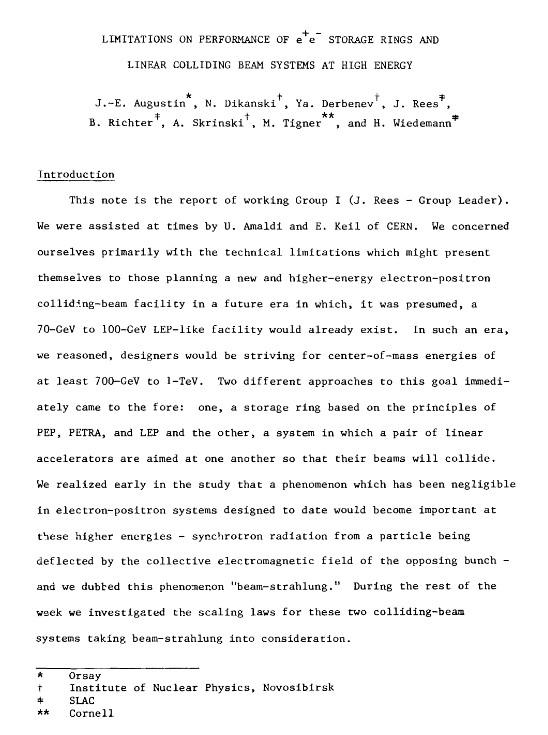
Later, Richter proposed the SLAC Linear Collider (SLC), which would use SLAC's existing single linac to accelerate both electrons and positrons and use a tennis racket shaped system of magnets to bring them together.
The arcs of the SLC “tennis racket” would be in a tunnel below the ground surface, following the terrain. This made the paths of the electrons and positrons rather complicated – the SLC was the first and probably the last terrain-following machine!
The SLC started with electrons which were accelerated to make positrons, and then more electrons and the positrons were accelerated down the 3-kilometer linac and split into the two arcs.
On their way to colliding at the center of the detector, the beams were focused to less than 0.5 micron high and few microns wide. After each collision, the beams continued into beam dumps, a process repeated 120 times per second
The energy generated by colliding SLC beams was large enough to create Z particles.
SLC began operations using the existing MARK-II detector. To make the most of the properties of particle collisions at the SLC, a collaboration from 18 institutions designed and built a detector optimized for Z research, the SLAC Large Detector (SLD), which began taking data in 1991.
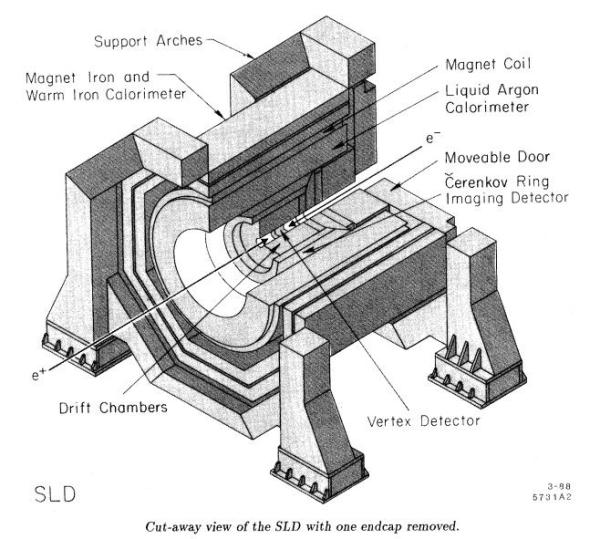
Although CERN’s Super Proton Synchrotron (SPS) in Europe first discovered the W and the Z in 1983 -- SLC and the round Large Electron Positron (LEP) at CERN had profound scientific careers in Z physics.
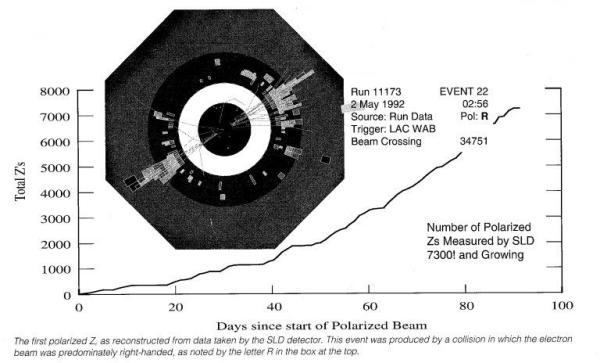
SLC's tiny electron beam had a unique feature: its bunches were polarized to be either left-spinning or right-spinning. The resulting asymmetry in how the left and right electrons behaved when coupling to the Z gave SLD the single best measurement of the "weak mixing angle."
During their seven-year lifetimes, SLC produced and SLD detected and studied several hundred thousand Z's, and correctly deduced the mass of the Higgs, later to be discovered in a gargantuan effort at CERN’s Large Hadron Collider – the LHC.
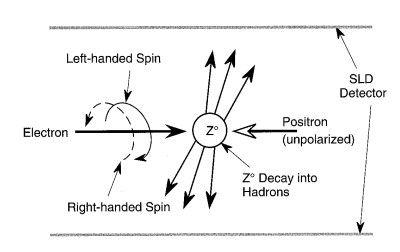
In addition to studying Z bosons, SLD used its extremely precise vertex detection system to identify and study the electroweak interactions of the heavy charm and bottom quarks produced by SLC collisions.
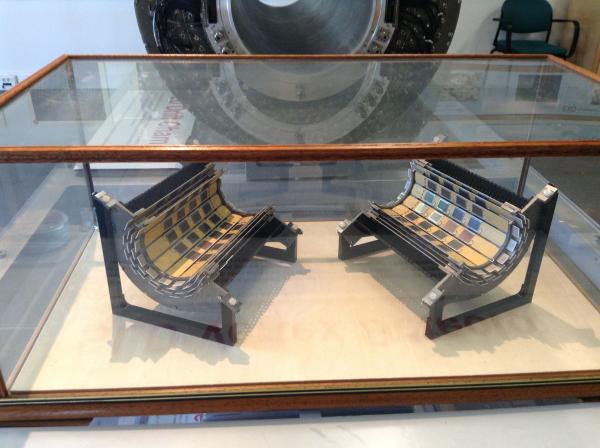
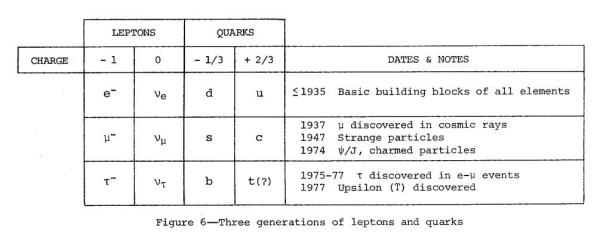
SLC Technical Publications
Index entries in inSPIRE for SLC-related papers, most include links to online full-text versions.
SLD Technical Publications
Index entries in inSPIRE for SLD-related papers, most include links to online full-text versions.
Note: Some links on this page open pdf files, which require the free Acrobat Reader.
SLD Construction videos
SLD Construction April to October 1987" time lapse video, narrated, TRT: 18:15, Horn Productions (AHRO video122)
Construction of the Stanford Detector April - October 1987 and Rotation of the Magnet, July 1988. Digitized from original video held by the SLAC Archives and History Office. (ARHO video113)

